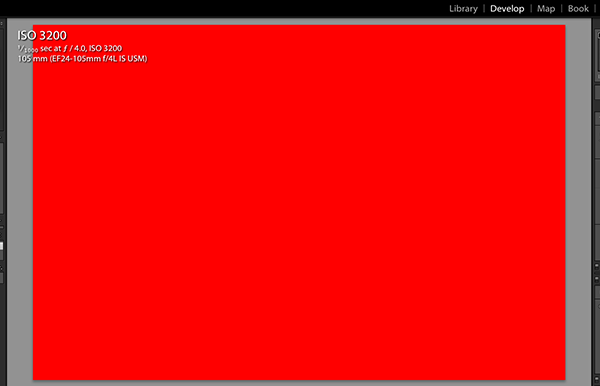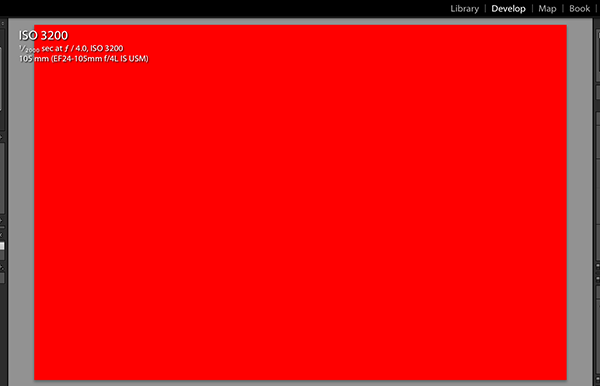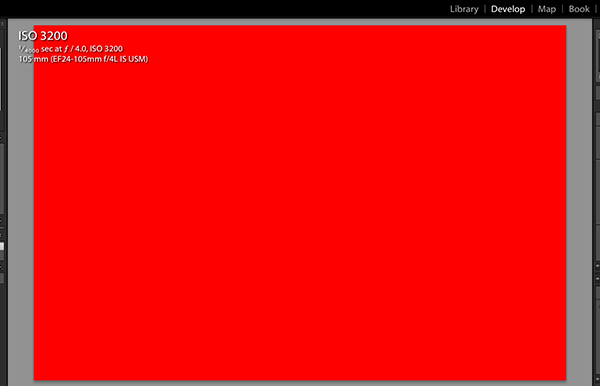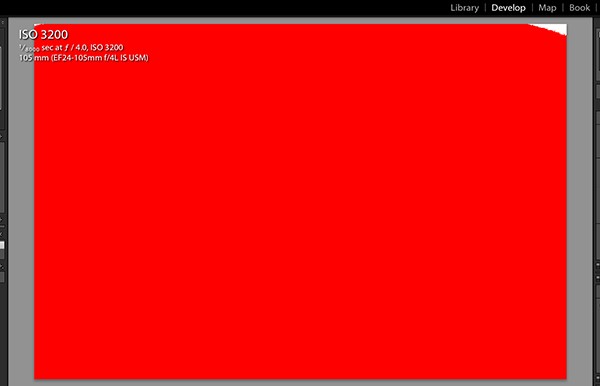I noticed the other day that PocketWizard released new beta firmware on the PW Beta Labs website for the PocketWizard MiniTT1 and FlexTT5 for Canon cameras.
The beta firmware in question is 6.210 (TT1/TT5 for Canon) and the 6.210 release notes indicate several additions (e.g. support for the 6D, T4i, and 1D X), but also some improvements to High Speed Sync and Hypersync, including with studio strobes.
I have never had any luck with Hypersync and the Paul C Buff strobes, both Alien Bee and Einstein 640. In my experiments, I always found shutter clipping at around 1/500sec.
Since the new beta firmware supposedly included some HSS and Hypersync improvements, I decided to update my TT1 and TT5 units to give it at try.
Good news and bad news.
Good news: It appears that Hypersync is now working (at least for me) with a MiniTT1 and AC3 Zone Controller with the Canon 5D Mark III to trigger an Alien Bee B1600 with the FlexTT5 and AC9.
Bad news: The MiniTT1+AC3 on the 5D Mark III still results in shutter clipping starting at around 1/500sec on the Einstein + PowerMC2.
Here are some screen shots of photos taken with the Canon 5D Mark III + MiniTT1 + AC3 and an Alien Bee B1600 + FlexTT5 + AC9 in a small room with the blinds close and now artificial light (aside from the B1600 strobe).
Note: The B1600 was set to full power, and the camera was set to f/4 (Canon EF 24-105 f/4L IS) with ISO 3200 and shot against a white wall. The whole point of the High ISO and wide aperture setting was to simply check for shutter clipping only. No matter how blown out the wall is, the shutter will be visible on the sensor if HSS and/or Hypersync is not working at the given shutter speed.
The screenshots are of the photos taken in Lightroom, with highlight clipping turned on (toggle with ‘J’ key in Develop mode). Anything red is 100% white: blown highlights, no detail. Anything in black would be the shutter.
Also, I used factory defaults on the TT1/TT5 with regards to the HSS and Hypersync settings, EXCEPT, for the AC9 option on the TT5 settings. I specified Alien Bee B1600 (default: B800).




You’ll notice in the last screen shot, 1/8000sec shows some fall off in the top right corner. But this is still indicative of functioning Hypersync with the B1600 since the shutter is not seen in the sensor frame. The ‘graduation’ of exposure in the frame is expected with Hypersync because the light available during the movement of the shutter window (created by the two shutter blades as it passes the sensor) will fade as the light of the strobe firing tails off.
So it appears that fast shutter speeds and a studio strobe are now an option for me considering I already have the hardware for it. I’m not sure if this is worthwhile for anyone else out there, especially if a neutral density filter is a viable alternative (that’s what I usually use).
If you want to freeze action in a situation with bright ambient light (e.g. outdoors on a sunny day) but still need fill flash, then obviously, HSS/Hypersync is the way to go.
Anyway, if you have PocketWizard TT1/TT5 units along with the PocketWizard AC9 adapter for the Alien Bee strobes, you might want to download the PocketWizard TT1/TT5 6.210 beta firmware and give it a try.

Jared Ribic
I’ll have to try the new firmware. I’m able to sync easily at 1/800 with my PocketWizard Flex system and the Paul C Buff Einsteins.
Olympus OM-D E-M1 Mark II Review – ocabj.net
[…] had no luck with PocketWizard Hypersync on the Canon platform with Paul C Buff Einstein E640 strobes (works with B1600, though), but was willing to risk some money on trying Elinchrom’s solution […]